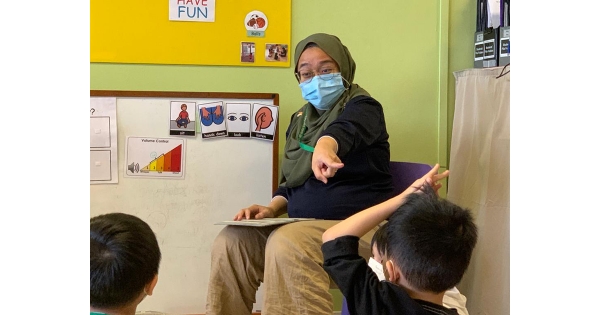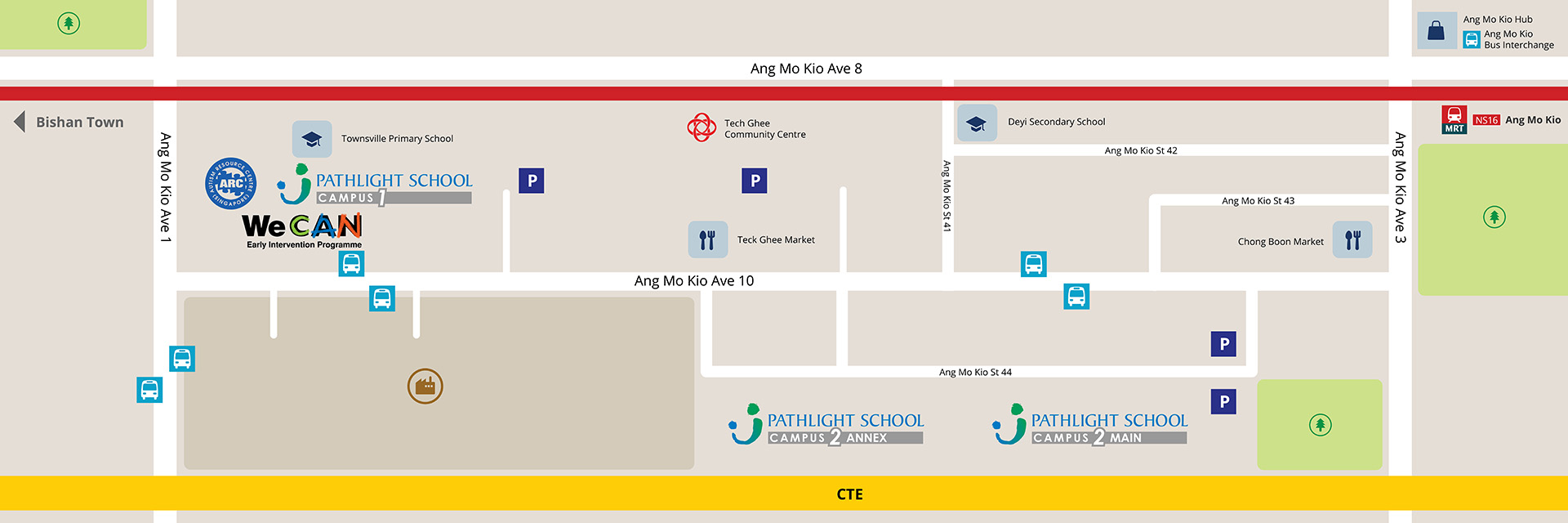On 31 October 2020, we had the honour of having Dr Tong Huei Jinn, Paediatric dentist, senior lecturer at NUS and visiting consultant at NUH share some tips on the maintenance of oral health for our children through an online zoom session.
Dr Tong shared the importance of making toothbrushing a daily routine for children from the time their first tooth erupts, and some things to look out for during toothbrushing. Here are some tips:
- Choose the right toothbrush for your child
· Look out for brushes with a small, rounded head and soft nylon bristles (instead of rubber ones)
· Toothbrushes with thick handles will be easier for parents to use in helping children with toothbrushing
· Choose an age-appropriate brush (consider your child’s age as well as the size of your child’s mouth, feel free to move one size down if your child’s mouth is smaller)
· Special brushes – electric toothbrushes can be effective if your child is able to stay still, and likes music or lights that it may come with. The triple head brush that can allow us to brush 3 surfaces at one go

Electrical Toothbrush
Triple headed toothbrush - Replace toothbrushes every 3 months or as needed (when toothbrushes become frayed and open).
- Choose the right type and amount of toothpaste After allowing your child to brush his/her teeth independently once, do brush over a second time to ensure that cleaning is thorough.
· Consider the amount of fluoride in the toothpaste (at least 1000 ppm F / 0.22%) instead of just the age group
· If your child is able to spit, use a pea-sized amount. If your child is still learning how to spit, use a smear of toothpaste. (You can practice spitting with your child every time he/she washes his/her hand by putting some water in his/her mouth and encouraging him/her to spit. )

Smear of toothpaste
Pea-sized amount of toothpaste - If your child is not comfortable with toothbrushing, consider:
· A 2-person approach with one adult holding and distracting the child (based on child’s interest) and another adult brushing
· Brushing with your child either sitting up or lying down but making sure to lift your child’s lips so you can get to the front teeth
· Counting down (starting with 5 counts and eventually increasing to 10 counts) to make toothbrushing more predictable for your child
· Using disclosing agents so your child will be able to see where the plaque is

The use of disclosing tablets can help your child see where the plaque is.
In addition, Dr Tong also shared that toothbrushing should be supplemented with a professional cleaning by dentists. Here are some suggestions on how you can prepare your child for his/her visit to the dentist:
1. Always let your child know beforehand that they are going to the dentist
2. Create opportunities for your child to find out more about dentist visits through:
· Stories and videos on dentists and what will be done
· Playing dentist at home- Try checking and counting each other’s teeth with a torchlight
· Scheduling trips to the dentist before the actual appointment to enable your child to check out the environment, and have a sense of what a dentist is and what is usually done there
· Creating a social story with photos to tell your child what will be done at the dentist and what to expect (this can also be used as a working system during the visit)
3. Allow your child to choose and bring along comfort items to the dentist (E.g. Soft toy, iPad or iPhone with motivating video, headphones or sunglasses if your child is sensitive to the sounds and lights that come with a dental check)
4. Have your child choose a motivating reward that he/she can get or do after the dental visit
5. Bring along your child’s toothbrush and toothpaste and start the visit with a toothbrushing routine to help your child be more comfortable at the dentist if he/she is comfortable with this routine
Maintenance of oral health is a concern that many parents have and we hope these tips are helpful. Do feel free to seek clarification with our teachers and we will try our best to forward these questions to Dr Tong.



